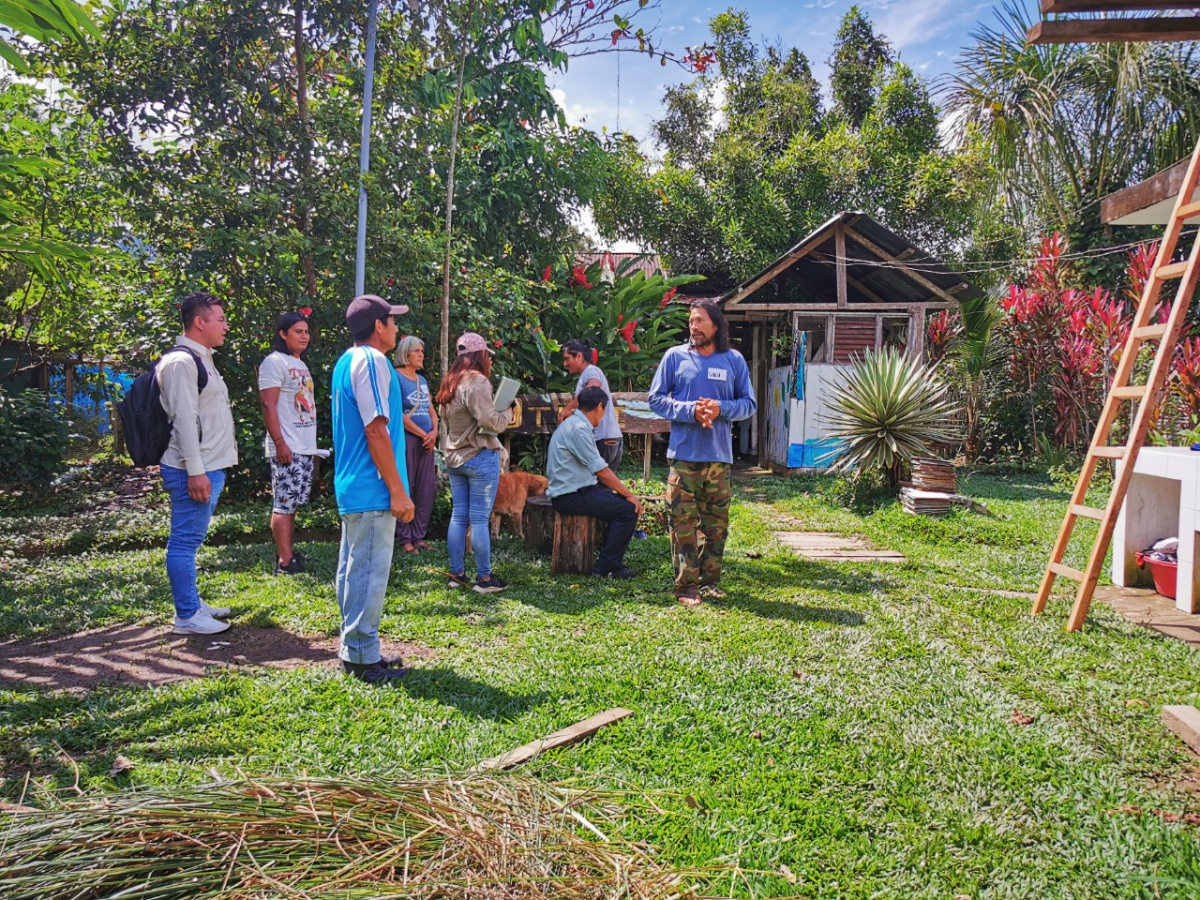Regional Security: The Case of the Korean Demilitarized Zone (DMZ)
CEESP News - Arthur Westing, Westing Associates in Environment, Security, & Education
The possible treaty to finally bring a formal end to the Korean War could have at least one tragic drawback, namely the dissolution of the Demilitarized Zone (DMZ) that was established by the Armistice Treaty in 1953 to act as a temporary buffer between the two Koreas until a final settlement was achieved.

White-naped cranes (Grus vipio) in the South Korean Civilian Control Zone (CCZ) with the immediately adjacent Korean Demilitarized Zone (DMZ) in the background. Photo by George W. Archibald in December 2012, by permission.
Photo: George Archibald, with permission.
White-naped cranes (Grus vipio) in the South Korean Civilian Control Zone (CCZ) with the immediately adjacent Korean Demilitarized Zone (DMZ) in the background. Photo by George W. Archibald in December 2012, by permission.
The DMZ (being 4 km wide and about 248 km long) has been a centrally important de facto circa 992 square kilometer nature reserve for the past 65 years on a peninsula of which only a pitiable 3% is now formally protected (Westing, 2013). The widely agreed international minimum for environmental well-being and socially beneficial ecosystem services is 17%.
If protected, this ecologically diverse east-west green belt would remove less than 1% from the private sector, but would continue to provide a sanctuary for much of the peninsula's endangered wildlife, including 15 of its 29 bird species now in danger of extinction. Thus my sincere hope is for any future Korean peace treaty to include provision for the DMZ (or at least most of it) to become a permanent bio-sanctuary.
Westing, A.H. (2013) From Environmental to Comprehensive Security. Cham, Switzerland: Springer, pp 87-110.
For a more in-depth look at this topic, read Chapter 7 Regional Security: The Case of the Korean Demilitarized Zone (DMZ) - made available by the author. The author is a former director of the United Nations Environment Programme's project on Peace, Security, and Environment.



